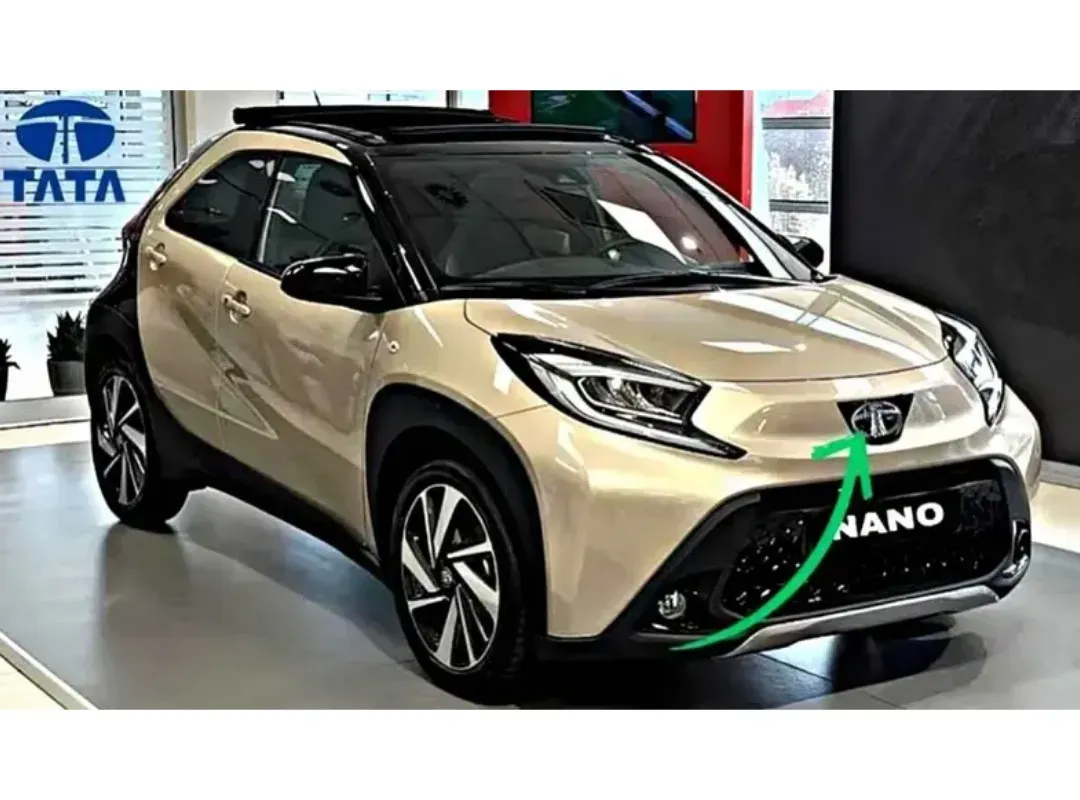The Tata Nano, once hailed as the world’s cheapest car, is poised to make a dramatic return in 2025—this time as a fully electric city car. Tata Motors appears to be reviving the Nano not just as a nostalgic product, but as a smart, efficient, and eco-friendly urban mobility solution. With the Indian automotive industry rapidly shifting toward electrification, the Nano EV could be the game-changer for affordable electric mobility in the country.
A Legacy Reimagined
The original Tata Nano, launched in 2008, was a revolutionary concept aimed at making car ownership accessible to millions of Indians. While it received praise for its affordability and compact size, it failed to capture the market on a large scale. However, times have changed—and so has the automotive landscape. With rising fuel prices and government push for EVs, Tata’s plan to relaunch the Nano as an electric vehicle in 2025 could be a well-timed move.
Compact Design with a Modern Appeal
The Tata Nano 2025 EV is expected to retain its iconic compact form factor but with significant design upgrades. Spy images and design leaks suggest a redesigned front grille, sleeker LED headlamps, sportier bumpers, and aerodynamic enhancements to reduce drag. The EV will likely feature 14-inch alloy wheels, modern LED tail lights, and a refreshed rear profile.
Despite its small footprint, the new Nano will be designed to maximize interior space. Tata Motors will likely utilize its smart packaging techniques—similar to those seen in the Tiago EV—to ensure decent headroom and legroom for four adults.
Electric Powertrain and Range Expectations
The heart of the Tata Nano 2025 lies in its electric drivetrain. While exact specs haven’t been officially revealed, it is expected to offer a Lithium-ion battery pack ranging between 15 kWh to 20 kWh, providing a driving range of 200–250 km on a single charge—ideal for daily city commutes.
The motor will likely produce modest power output, around 40–60 HP, suitable for urban roads. Regenerative braking, drive modes, and fast-charging capability could also be included to make it competitive with other small EVs in the market. Expect 0 to 80% charge in about 60 minutes with a DC fast charger and a full charge in around 6 hours via a regular AC socket.
Tech and Features Upgrade
The Tata Nano EV 2025 won’t be a bare-bones car like its predecessor. Instead, Tata may equip it with modern infotainment features, including a 7-inch touchscreen, Bluetooth connectivity, smartphone integration, and digital instrumentation. Other likely features include power windows, remote central locking, keyless entry, and a rear parking camera.
The car may also offer climate control, voice commands, and over-the-air (OTA) software updates—bringing it in line with Tata’s new generation of connected vehicles.
Safety First, Even in a Small Package
Tata Motors has made significant progress in vehicle safety in recent years. The new Nano EV is expected to include dual airbags, ABS with EBD, rear parking sensors, and a reinforced structure for crash protection. While it may not boast a full 5-star crash rating, it should offer a safe experience for a car in its class and category.
Pricing and Launch Timeline
Tata is likely to price the Nano EV under ₹6 lakh (ex-showroom), making it one of the most affordable electric cars in India. With support from government subsidies under the FAME scheme and state-level EV incentives, the on-road price could be even lower in some regions.
The expected launch date is mid to late 2025, and Tata could position the Nano EV against entry-level electric hatchbacks like the MG Comet EV and the upcoming Maruti EV.







